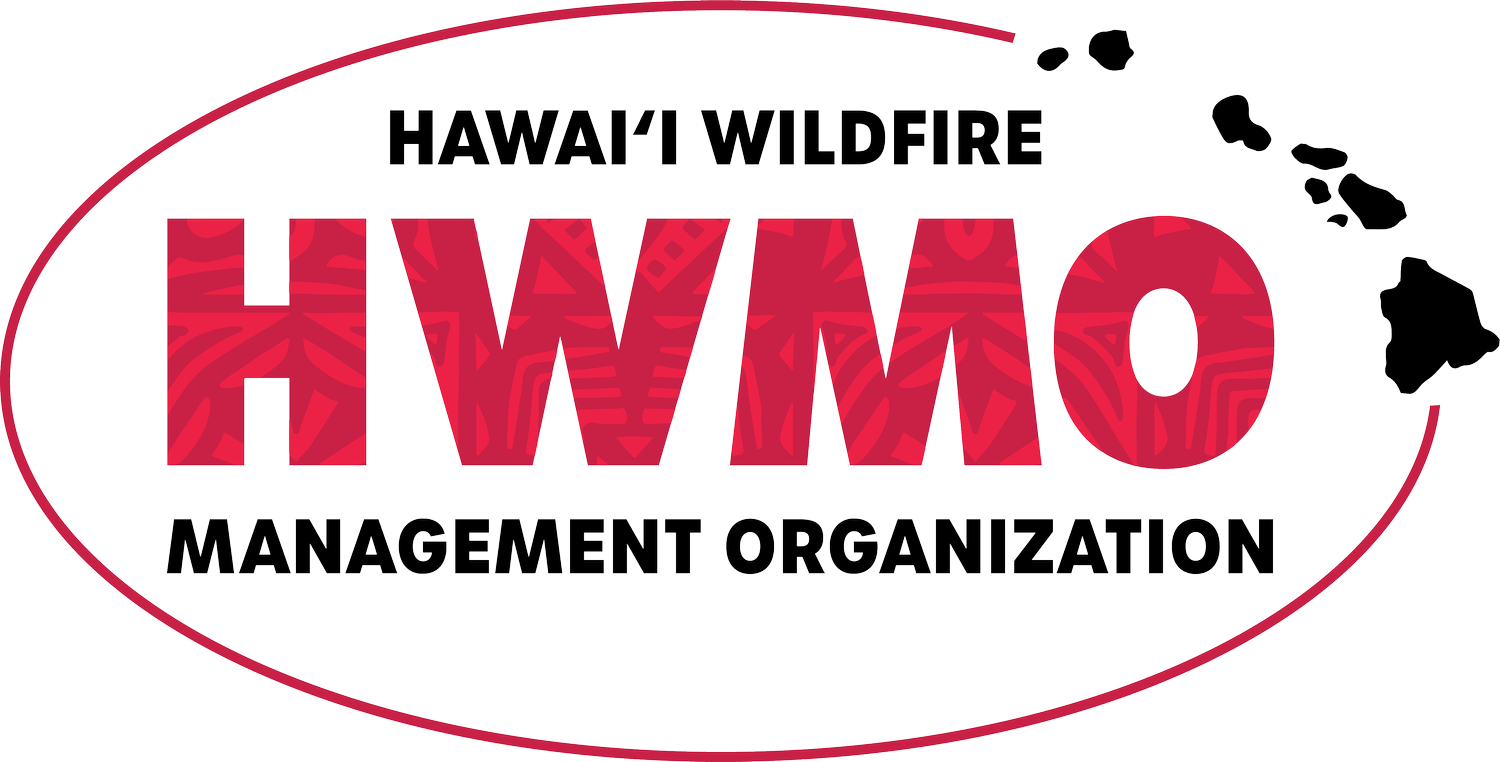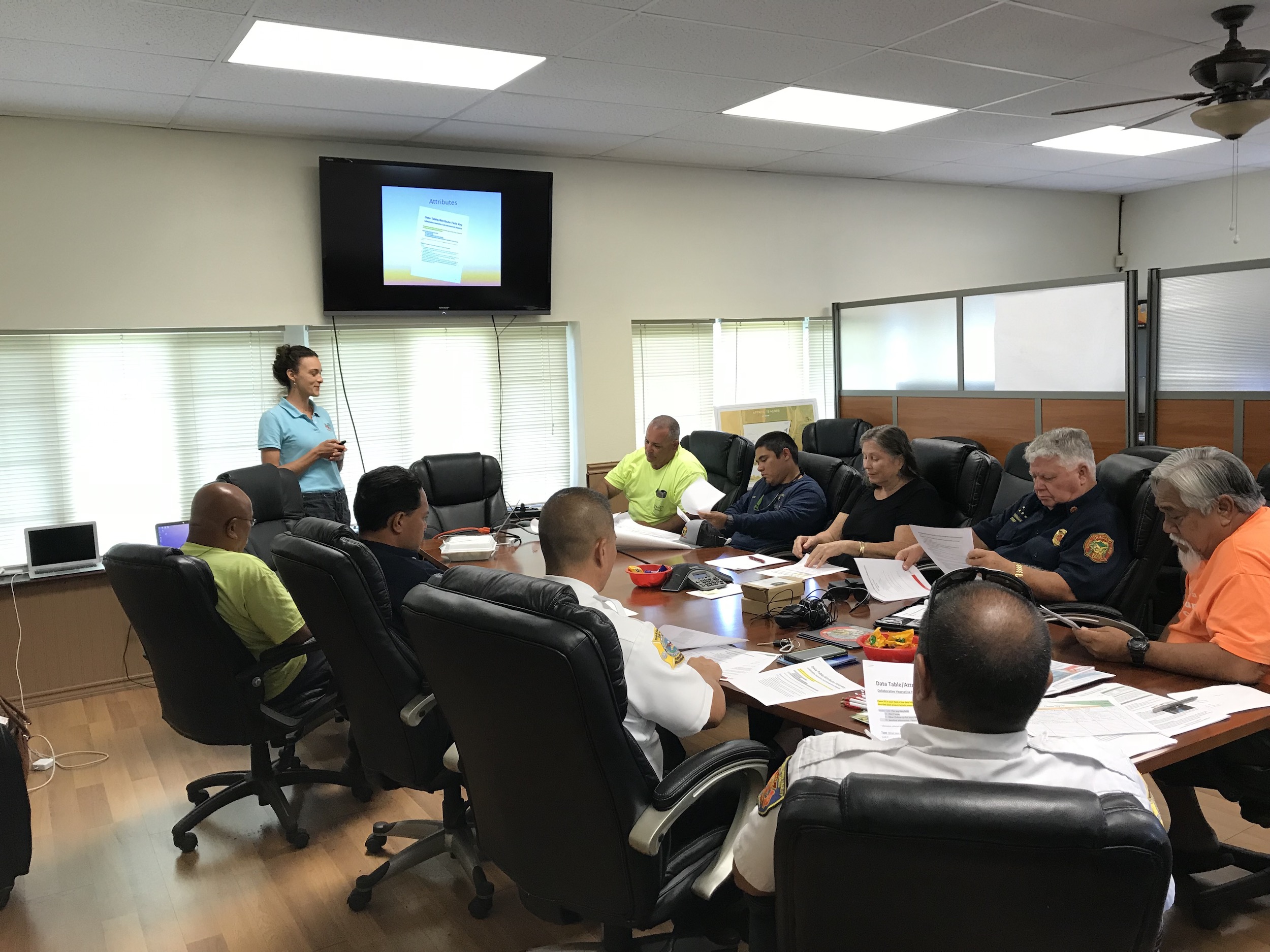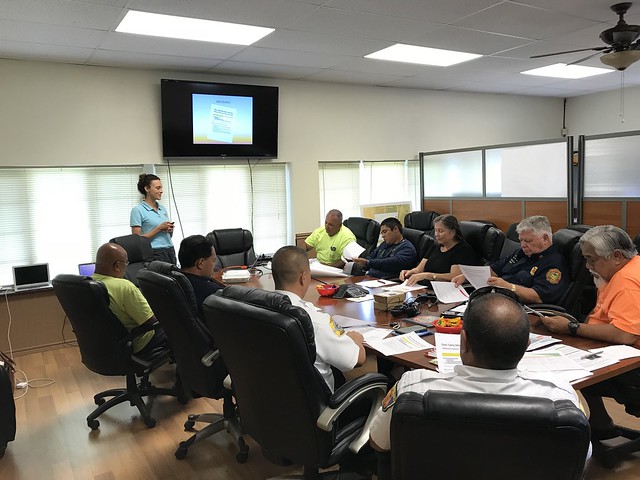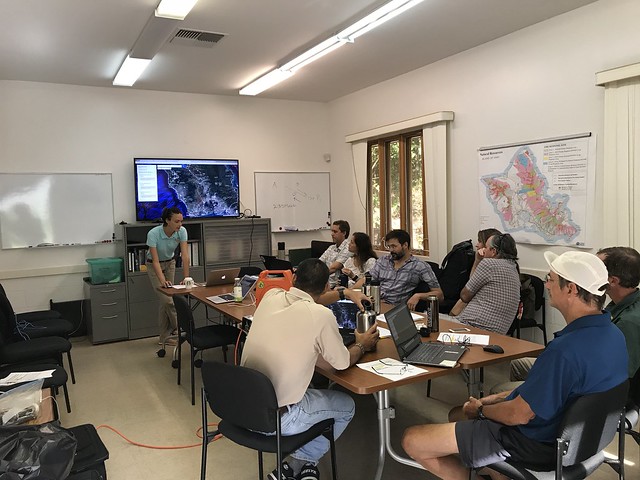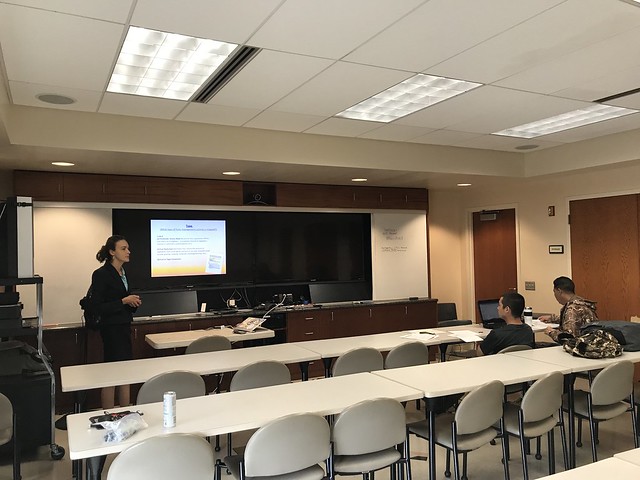New Year's Firewise Communities Potluck and RSG! Workshop
Community bonding is an important part of the wildfire solution. HWMO gathered Firewise Community members from a variety of different communities on Hawaii Island for a night of fun and learning on January 15 at Tutu’s House in Waimea. Along with an in-depth Ready, Set, Go! wildfire preparedness presentation, community members also mingled to meet each other and share about community successes and struggles dealing with wildfire. As an ice-breaker, we had a jan-ken-pon (rock, paper, scissors) tournament where community members faced off in one-game elimination matches. The winner was Diane Makaala Kanealii from Kailapa who then faced the winner of the Hawaii Fire Department tourney — and she beat them, too! The catch — each time a winner beat their opponent, that opponent had to join all following matches as a “fan” of that winner. By the end, the winner collects everyone as a fan for them, cheering and rooting them on. Mahalo The Nature Conservancy in Waimea for teaching us this fun spin on a classic!
Did we mention the super delicious make-your-own-taco bar! Thank you to everyone who contributed to the meal and came out to Tutu’s House.









